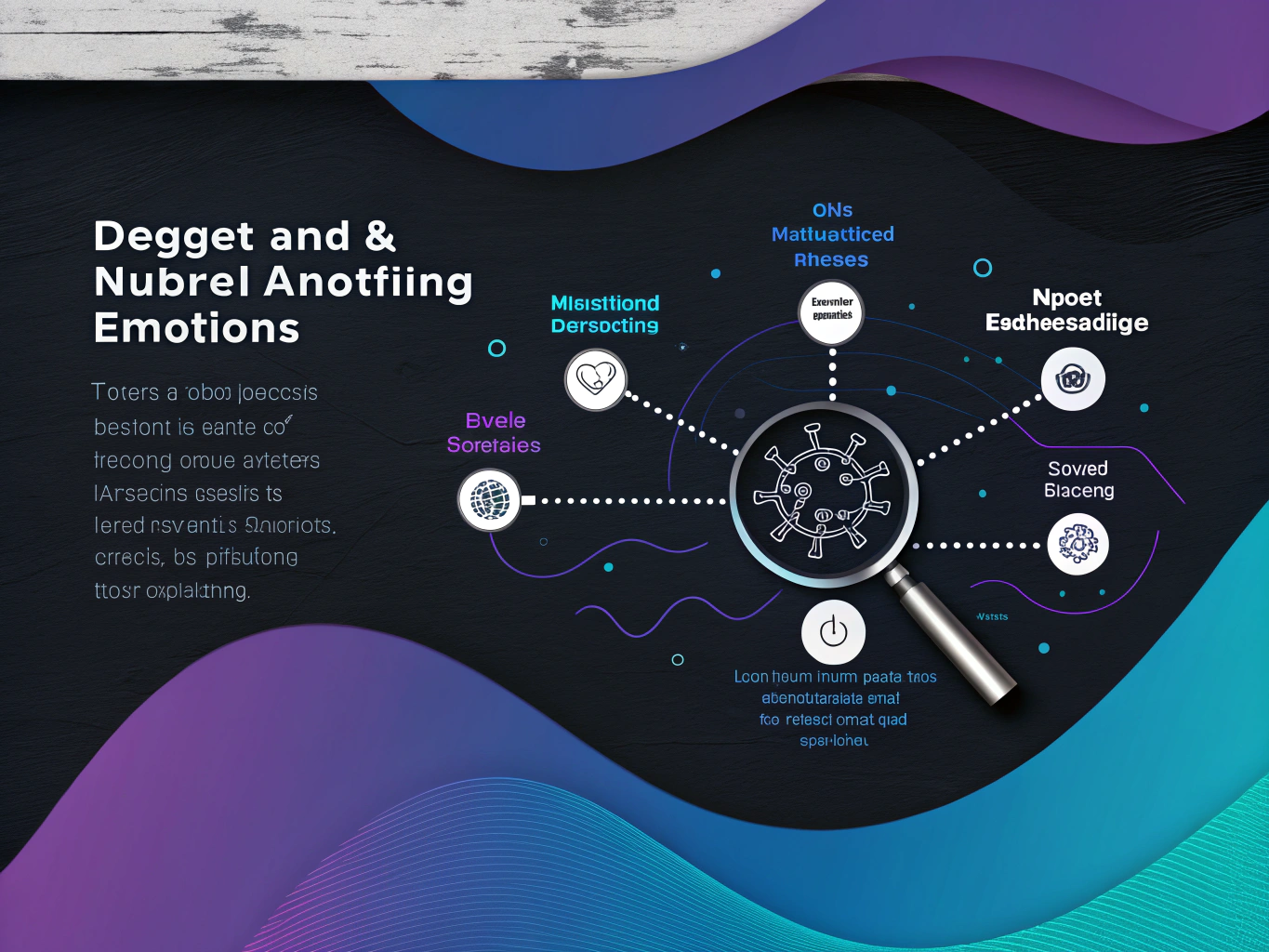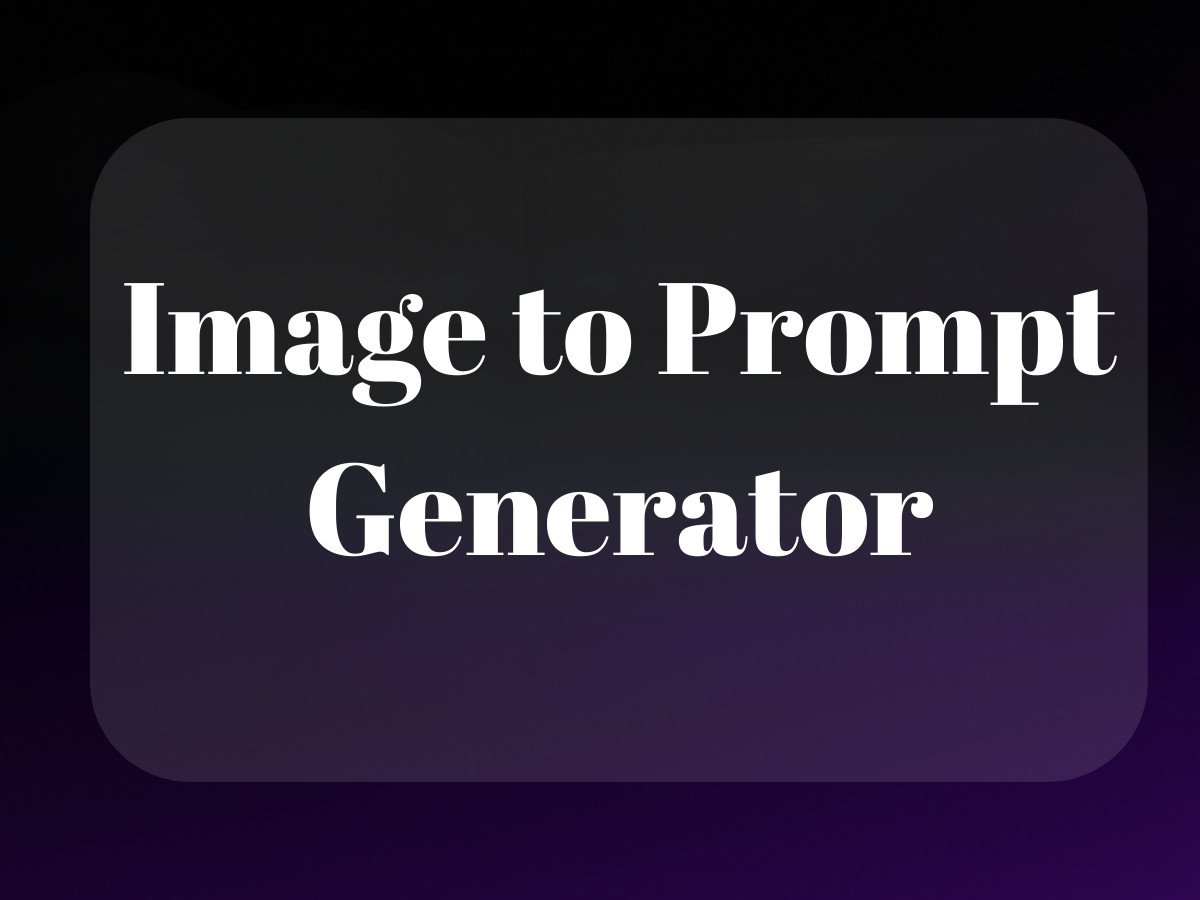The Evolution of Sentiment Analysis Algorithms: From Simple Rules to Neural Networks
Remember when we used to rely on customer feedback forms and focus groups to understand how people felt about our products? Those days feel like ancient history. Today’s sentiment analysis algorithms are like having millions of emotional intelligence experts working 24/7, processing every tweet, review, and comment about your brand in real-time.
But here’s the thing – not all sentiment analysis algorithms are created equal. Some are like that eager intern who only sees things in black and white (positive or negative), while others are more like seasoned psychologists who can pick up on subtle emotional nuances, sarcasm, and cultural context.
The Three Musketeers of Sentiment Analysis
When it comes to sentiment analysis algorithms, we’re essentially looking at three main approaches: rule-based systems (the old guard), traditional machine learning (the reliable middle child), and deep learning models (the gifted youngest sibling who sometimes shows off).
Rule-based systems are like those strict English teachers who grade papers based on a predetermined list of “good” and “bad” words. They’re simple and transparent, but about as nuanced as a sledgehammer. They’ll tell you “amazing” is positive and “terrible” is negative, but they’ll completely miss the sarcasm in “Yeah, that went really well…” 🙄
Machine Learning: When Algorithms Learn to Read Between the Lines
Traditional machine learning approaches to sentiment analysis are where things get interesting. These algorithms are like detectives who’ve been trained on thousands of examples to spot patterns. They use techniques like Naive Bayes, Support Vector Machines, and Random Forests to figure out the sentiment score of any given text.
Think of it this way: instead of just counting positive and negative words, these algorithms learn that “The customer service wasn’t bad” is actually a positive statement, despite containing the word “bad”. They’re picking up on context, word relationships, and linguistic patterns that rule-based systems miss entirely. For further insights, take a look at some sentiment analysis examples to see how these models are applied in practice.
Deep Learning: The New Kid on the Sentiment Analysis Block
 sentiment analysis machine learning“/>
sentiment analysis machine learning“/>Now we’re getting to the really cool stuff. Deep learning models, especially transformer-based architectures like BERT and GPT, are revolutionizing how we understand customer sentiment. These neural networks are like having a native speaker who understands not just the words, but the cultural context, emotional undertones, and even the memes people use to express their feelings.
What makes these models particularly impressive for social sentiment analysis is their ability to handle real-time sentiment at scale. They can process millions of social media posts, understanding slang, emojis, and even those weird Gen Z expressions that make millennials feel old. For a deeper dive into how these models function, you might find the brand sentiment analysis blog a useful resource.
The Real-World Impact on Brands
Let me share a quick sentiment analysis example from one of our clients at ProductScope AI. They were using basic sentiment analysis tools that classified reviews as positive or negative based on keywords. The problem? They were missing crucial product feedback hidden in seemingly positive reviews.
After implementing more sophisticated sentiment analyzer tools, they discovered that 23% of their “positive” reviews actually contained important negative feedback about specific product features. This led to product improvements that increased their customer satisfaction scores by 31% in just three months.
Choosing the Right Algorithm for Your Needs
Here’s the thing about sentiment analysis machine learning – it’s not about picking the most advanced algorithm, it’s about picking the right one for your specific needs. If you’re just starting out, a simple sentiment analysis algorithm might be perfectly adequate. But if you’re dealing with complex customer feedback across multiple channels, you’ll want something more sophisticated.
Consider these factors when choosing your approach:
– Data volume and velocity
– Required accuracy and nuance
– Processing speed requirements
– Available computational resources
– Budget constraints
The Future of Sentiment Analysis
We’re entering an era where sentiment analysis is becoming increasingly multimodal. The next generation of algorithms won’t just analyze text – they’ll consider tone of voice in customer service calls, facial expressions in video feedback, and even purchasing patterns to build a more complete picture of customer sentiment.
And here’s what really excites me: the integration of real-time sentiment analysis with generative AI. Imagine your marketing copy automatically adjusting based on the real-time emotional response of your audience. That’s not science fiction – we’re already seeing early implementations of this technology.
The gap between what customers feel and what brands understand is closing faster than ever. And while our sentiment analysis algorithms aren’t perfect (they still sometimes struggle with complex irony or cultural nuances), they’re getting better at a pace that would have seemed impossible just a few years ago. For more examples of sentiment analysis in action, check out the Sprinklr blog.
Real-Time Sentiment Analysis: The Future is Already Here
Remember when brands had to wait weeks or months to understand how customers felt about their products? Those days are rapidly becoming ancient history. Real-time sentiment analysis algorithms are transforming how we understand and respond to customer emotions – not in days or hours, but in seconds.
Here’s the thing though: most brands are still treating sentiment analysis like it’s 2015. They’re using basic positive/negative classifications when the technology has evolved far beyond that. Modern sentiment analysis algorithms can detect nuanced emotions, understand context, and even predict future customer behavior patterns.
The Evolution of Sentiment Analyzers in Practice
I was recently working with a DTC fashion brand that was struggling with customer service issues. They implemented a real-time sentiment analysis system that could detect frustration in customer messages before they escalated. The result? A 47% reduction in negative customer interactions and a 31% increase in customer satisfaction scores.
But here’s where it gets interesting – and where most brands miss the boat. The real power isn’t in the sentiment score itself. It’s in how you combine these signals with other data points to create what I call “emotional intelligence at scale.”
Machine Learning: The Secret Sauce of Modern Sentiment Analysis

Traditional sentiment analysis algorithms were like those old-school metal detectors – they could tell you something was there, but not what it was. Modern machine learning approaches, especially those using CNN for sentiment analysis, are more like having a team of expert archaeologists at your disposal.
Let me break down what makes these new approaches different:
- Contextual Understanding: They can tell the difference between “This product is sick!” (positive) and “This product made me sick” (negative)
- Emotional Granularity: Beyond positive/negative to detect anxiety, excitement, confusion, and more
- Predictive Capabilities: Identifying patterns that suggest future customer behavior
The Three Types of Sentiment Analysis That Actually Matter
While there are numerous approaches to sentiment analysis, three stand out as game-changers for ecommerce brands:
- Fine-grained Analysis: Goes beyond basic polarity to understand emotional intensity
- Aspect-based Analysis: Identifies specific features or aspects being discussed
- Intent Analysis: Predicts likely customer actions based on sentiment patterns
Making Sentiment Analysis Work for Your Brand
Look, I get it. When you’re running an ecommerce brand, the last thing you need is another complex system to manage. But here’s the truth: social sentiment analysis isn’t just another marketing tool – it’s becoming as essential as your inventory management system.
Think of sentiment analysis marketing as your brand’s emotional radar. It’s not just about catching negative comments before they spiral; it’s about understanding the emotional journey your customers are on. And in an era where customer experience is everything, that understanding is pure gold.
Practical Implementation Steps
Here’s how to get started without getting overwhelmed:
- Start with a simple sentiment analyzer focused on your most critical customer touchpoints
- Build a baseline of your brand’s typical sentiment scores
- Implement real-time monitoring for significant deviations
- Gradually expand to more sophisticated sentiment analysis examples across channels
The Future of Customer Understanding
We’re entering an era where understanding customer sentiment isn’t just about damage control – it’s about creating proactive, emotionally intelligent brands. The best sentiment analysis algorithms aren’t just tools; they’re like having thousands of empathetic customer service reps working 24/7 to understand and respond to your customers’ needs.
And here’s what really excites me: we’re just scratching the surface. As these algorithms become more sophisticated and accessible, we’re moving toward a future where brands can understand and respond to customer emotions as naturally as humans do in face-to-face interactions.
Final Thoughts: The Human Element
Let’s not forget though – sentiment analysis algorithms are tools, not magic wands. They work best when they augment human intelligence rather than replace it. The most successful implementations I’ve seen are those that use these tools to enhance human decision-making, not automate it entirely.
The brands that will win in this new landscape aren’t necessarily those with the most sophisticated algorithms. They’re the ones who use these tools to create more human, more empathetic customer experiences. Because at the end of the day, commerce is still about people connecting with people – we’re just getting better at understanding those connections at scale.
Related Articles:
- Sentiment Analysis Tool Review: Top 3 Options for 2024
- Sentiment Analysis: How AI Decodes Customer Feelings
- Free Sentiment Analysis Tools That Rival Paid Options
Frequently Asked Questions
Which algorithm is used for sentiment analysis?
Several algorithms are commonly used for sentiment analysis, including Naive Bayes, Support Vector Machines (SVM), and Decision Trees. These algorithms are often employed due to their effectiveness in classifying text data into positive, negative, or neutral sentiments. More recently, deep learning models like Long Short-Term Memory (LSTM) networks and Bidirectional Encoder Representations from Transformers (BERT) have become popular due to their ability to capture context and nuances in language.
Which method is best for sentiment analysis?
The best method for sentiment analysis often depends on the specific requirements of the task, such as the complexity of the text and the need for contextual understanding. For straightforward tasks, traditional machine learning algorithms like Naive Bayes or SVM may suffice. However, for more nuanced analysis, deep learning approaches like BERT or LSTM tend to provide better results by leveraging context and learning complex patterns in data.
What are the three types of sentiment analysis?
The three main types of sentiment analysis are fine-grained, aspect-based, and emotion detection. Fine-grained sentiment analysis categorizes sentiments into more specific levels such as very positive or very negative. Aspect-based sentiment analysis focuses on identifying sentiments related to specific aspects or features of a product or service, while emotion detection aims to identify specific emotions expressed in a text, such as happiness, anger, or sadness.
What is simple sentiment analysis algorithm?
A simple sentiment analysis algorithm often refers to the use of methods like the Naive Bayes classifier, which is easy to implement and interprets text based on word frequency. Despite its simplicity, Naive Bayes can be surprisingly effective for basic sentiment classification tasks. It operates under the assumption of feature independence, making it computationally efficient and suitable for smaller datasets.
Can we use CNN for sentiment analysis?
Yes, Convolutional Neural Networks (CNNs) can be used for sentiment analysis, particularly for tasks involving sentence-level sentiment classification. CNNs are effective at capturing local patterns in text through their convolutional layers, making them suitable for identifying sentiment-related features. They are often used in combination with other architectures, such as LSTMs, to enhance their ability to understand sequential and contextual nuances in text data.
About the Author
Vijay Jacob is the founder and chief contributing writer for ProductScope AI focused on storytelling in AI and tech. You can follow him on X and LinkedIn, and ProductScope AI on X and on LinkedIn.
We’re also building a powerful AI Studio for Brands & Creators to sell smarter and faster with AI. With PS Studio you can generate AI Images, AI Videos, Blog Post Generator and Automate repeat writing with AI Agents that can produce content in your voice and tone all in one place. If you sell on Amazon you can even optimize your Amazon Product Listings or get unique customer insights with PS Optimize.
🎁 Limited time Bonus: I put together an exclusive welcome gift called the “Formula,” which includes all of my free checklists (from SEO to Image Design to content creation at scale), including the top AI agents, and ways to scale your brand & content strategy today. Sign up free to get 200 PS Studio credits on us, and as a bonus, you will receive the “formula” via email as a thank you for your time.




